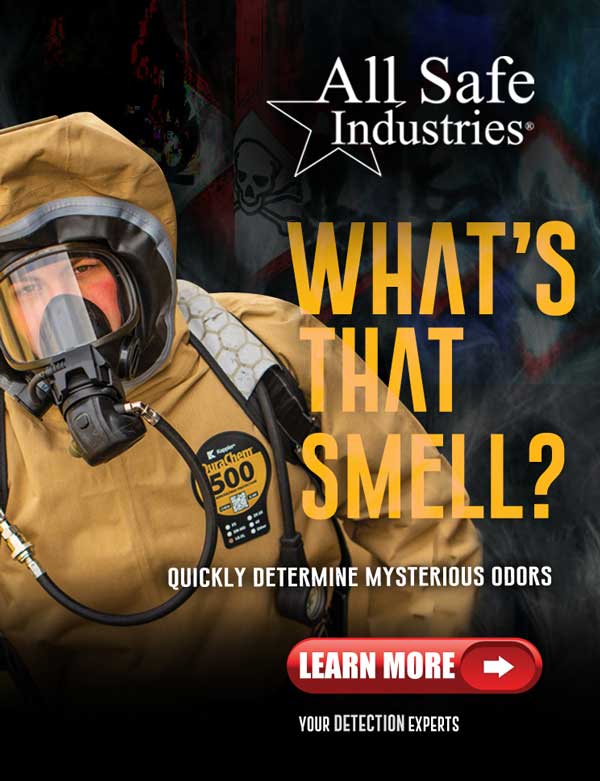By Richard T. Cartwright, PE, CHMM, (IHMM, AHMP and APICS) Fellow
The saying, “Those who forget history are doomed to repeat it” is more than a cliché. It is a reminder that we must constantly be learning from the past. Here’s a look back at major historical events that happened today in the world of hazardous materials.
April 26, 1986
The Chernobyl nuclear plant reactor located near Kiev, Ukraine exploded. While workers were performing tests on the system, they shut off emergency safety systems and cooling system. This was against established regulations. Even when warning signs of dangerous overheating began to appear, workers failed to stop the test. Xenon gasses built up, leading to three explosions that blew a 1,000-ton steel top right off the reactor. A huge fireball erupted into the sky. Flames shot 1,000 feet into the air for two days as the entire reactor melted down. An estimated 4,000 clean-up workers died from radiation poisoning. Birth defects among people living in the area have increased dramatically. Since the accident, thyroid cancer has increased tenfold in Ukraine.
April 26, 1954
Salk polio vaccine field trials began, which involved 1.8 million children. Officially known as poliomyelitis, it is an infectious disease that has existed since ancient times. It is caused by a virus and can result in paralysis. President Franklin Roosevelt was diagnosed with polio at age 39. He was left paralyzed from waist down and forced to use leg braces and a wheelchair for the rest of his life.
April 26, 1900
Charles Richter, American seismologist, was born. At the California Institute of Technology, he invented the Richter scale, which measures earthquake intensity. His scale assigns numerical ratings to energy released by earthquakes. According to a logarithmic scale, an earthquake of magnitude 7 is ten times stronger than a 6.
April 26, 1812
Alfred Krupp, German manufacturer of steel and armaments, was born. He inherited his father’s small cast-steel works in 1826, which he expanded to 100 workers making steel springs and machine parts. In 1859, he won a government contract to make 312 cannons. The “Cannon King” expanded this line of business, which became the largest steel maker in Europe. His cannons were used in the Franco-Prussian War. After this, he acquired control of the supply of German coal and Spanish iron-ore. His artillery business rapidly grew to 21,000 employees. His descendants continued the family business, which armed Germany in WWII.
April 26, 1785
John James Audubon, French-American ornithologist, artist and naturalist, was born in Haiti. He is best known for his drawings and paintings of North American birds. Audubon’s book, The Birds of America was a sensational hit.
Historical hazardous materials management events are posted 365 days a year at this LinkedIn discussion group.



